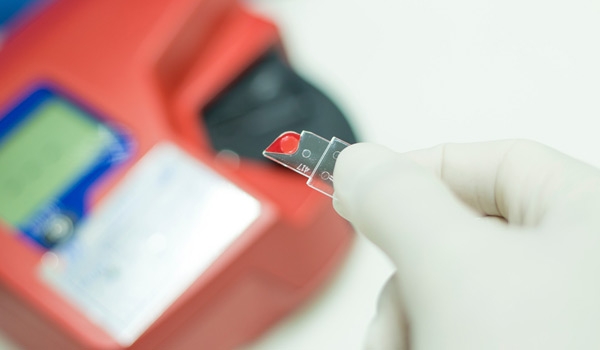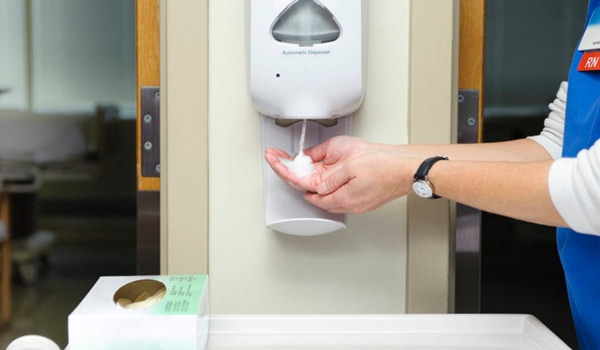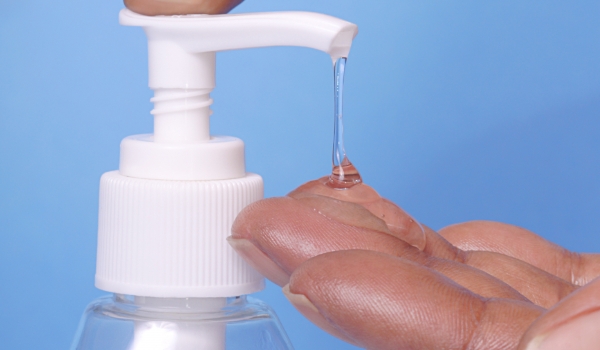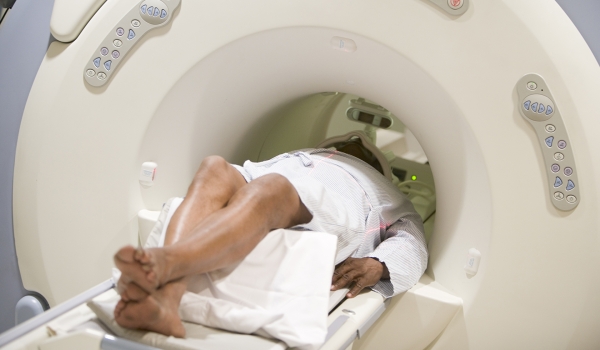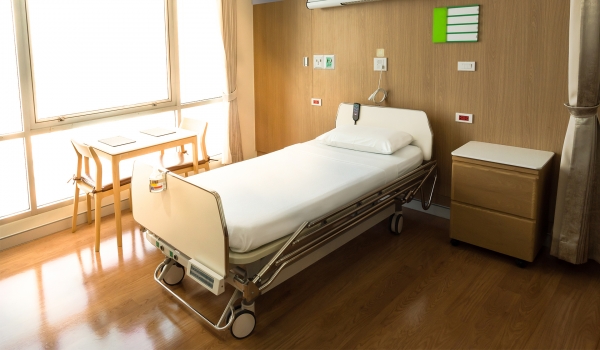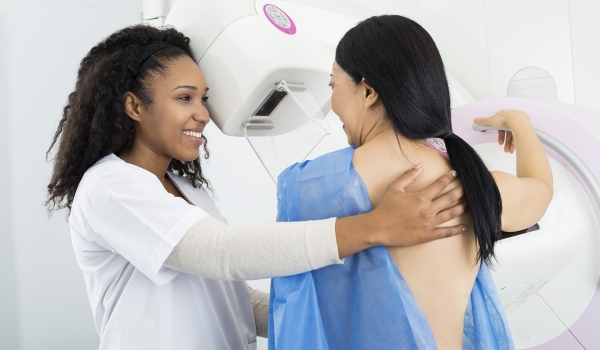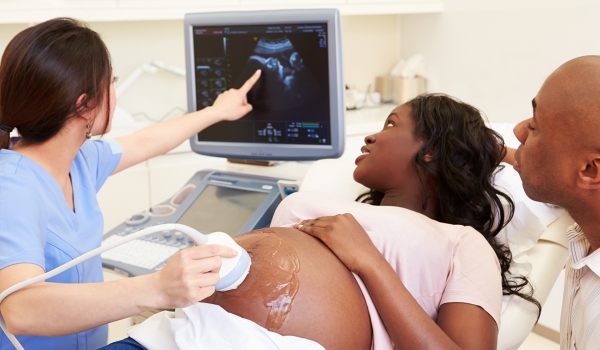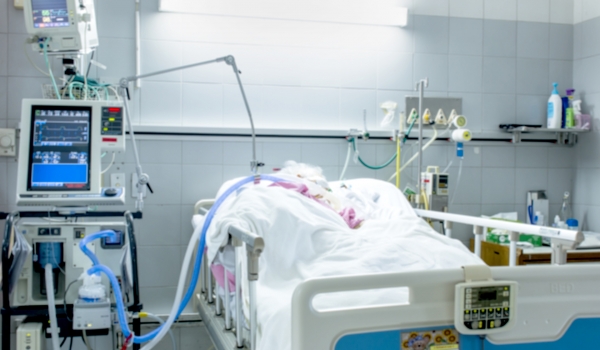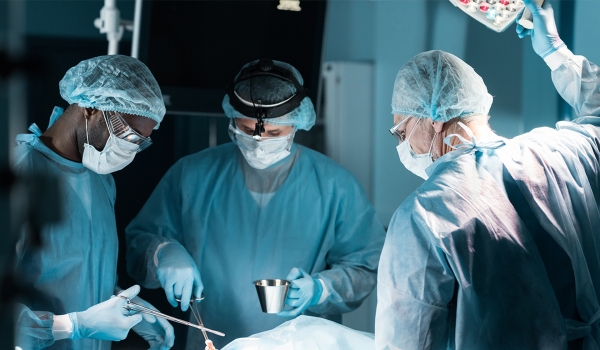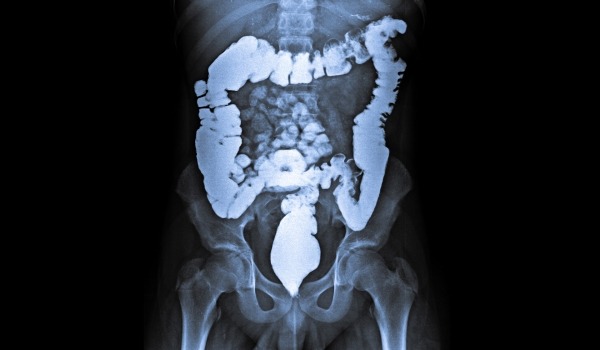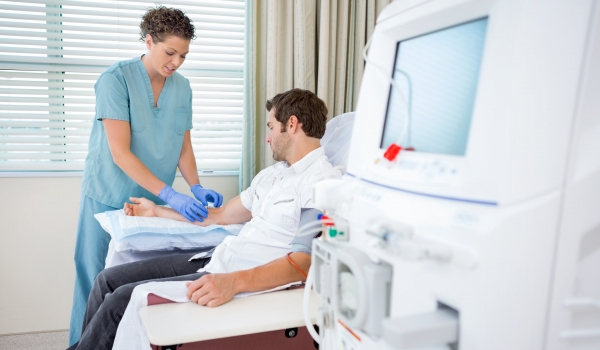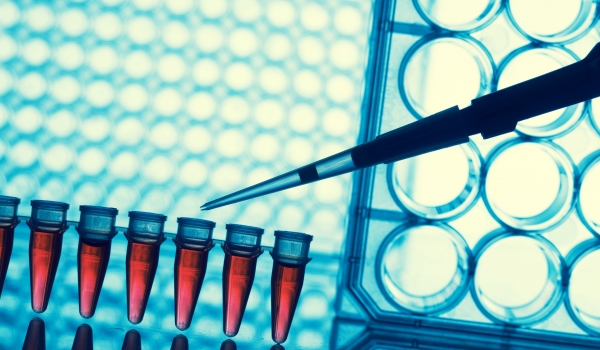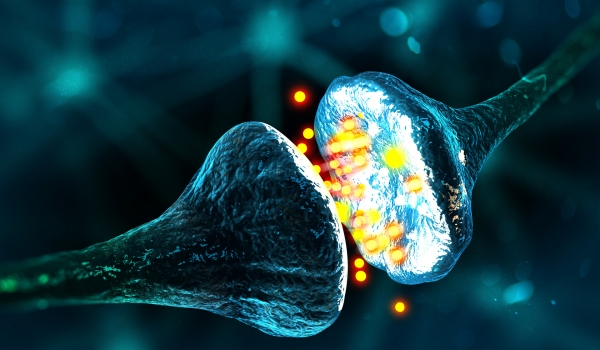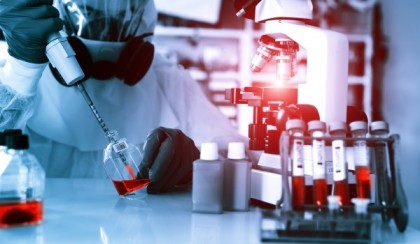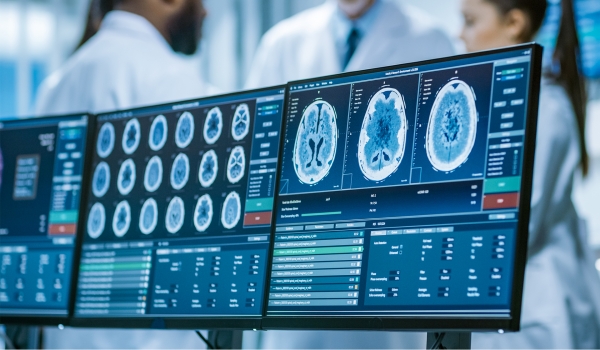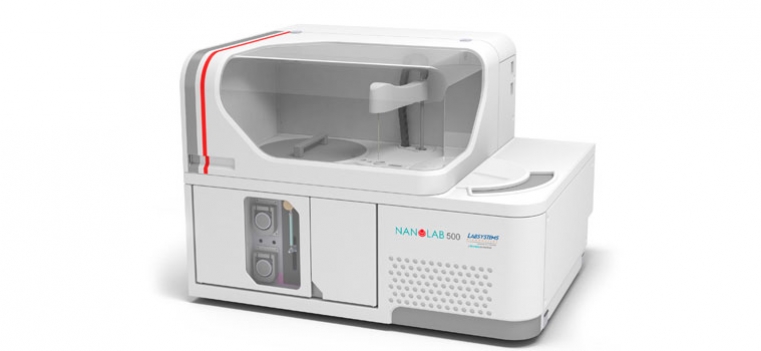Fully Automatic Random Access Bench Top Clinical Chemistry Analyser
THROUGHPUT
Up to 300 photometric tests/hr or up to 480 tests/hour with optional ISE module
SAMPLES AND REAGENT
Samples
- Sample volume: 2 to 100 μl/test (in increments of 1 μl).
- Sample tray: 95 (5 racks x 19 positions).
- Primary tube (length up to 100 mm)
- Pediatric vial
Reagents
- Reagent tray: up to 72 single reagents
- Multiple vials per test
- Refrigerated compartment at 8 °C ± 1 °C
SAMPLES AND REAGENT HANDLING
- Pipetting Arm:One pipetting arm for sample and reagent, including reaction preheater, probe collision sensor, capacitive level sensor and reaction mixer.
- Probe cleaning : Internal and external
REACTION
- Water consumption : 1.5 l / hour (deionized)
- Reaction cuvette: 80 re-usable plastic cuvettes.Optical length: 6 mm
- Reaction volume: 180-500 μl
- Warm air incubator: 37 °C
- Reaction time : 0 to 10 min.
- Washing station: 6 stages
OPTICAL SYSTEM
- Light source: Precision UV quartz halogen lamp
- Photometric range: -0.1 to 3 A
- Measuring wavelength: 340, 380, 405, 450, 490, 505, 550, 590, 620, 650, 700, 750 nm
- Photometry: single or double-wavelength simultaneous reading
ANALYTICAL MODES
- Full random access or batch mode operation with STAT sample priority function
- Multiple methodology options- End point, Kinetic, Coagulation, Calculated, Turbidimetry, enzymes and Drugs of Abuse.
- Choice of calibration options- Linear, Multilinear, Sigmoid, Logit-log ( 4 & 5 point) & spline
- Automatic sample dilution and reflex testing
QUALITY CONTROL
- Levy-Jennings, Twin plots & Westgard rules
DATA MANAGEMENT
- Bidirectional LIS interface, RS-232C, ASTM E1381
ISE
- Module: MEDICA ISE module
- Electrodes: Li+, Na+, K+, Cl
- Sample types: Serum and Urine
WORKING CONDITIONS
- Power Requirements: 110/230 VAC, 50/60Hz, 550 VA
- Working Temperature: 18 – 30 °C
- Humidity: 35-80 %
DIMENSIONS
- Size (Width x Depth x Height) 91 cm x 68 cm x 65 cm 36.4 in x 27.2 in x 26 in
- Weight: 110 kg; 242 lbs
PC REQUIREMENTS
Windows™ 8 computer, 4 Gbytes RAM, 500 Gbytes HDD, DVD-ROM drive, min. 1024x768 resolution SVGA, 15” or bigger monitor, keyboard, mouse, USB ports for link with the analyzer, 1 RS-232 port or 1 USB/RS-232 converter for link with the LIS, USB port for printer
Continuous sample loading – easily accessibility to the sample sectors without the need to open the analyzer
Barcode reading of samples and reagents
Intelligent operating software with automatic reexing testing, QC scheduling and automatic method calibration.
Clot detection and probe collision prevention system for safe and reliable operation.
The new Nanolab 500 shares similar software and components with the Nanolab 700 analyzer. (e.g. sample tray reagent & reaction trays, pipetting arm, photometer, barcode reader, clot detection system and dilution logic). All of which enables easier service and simplied maintenance of spare parts inventory stock.






